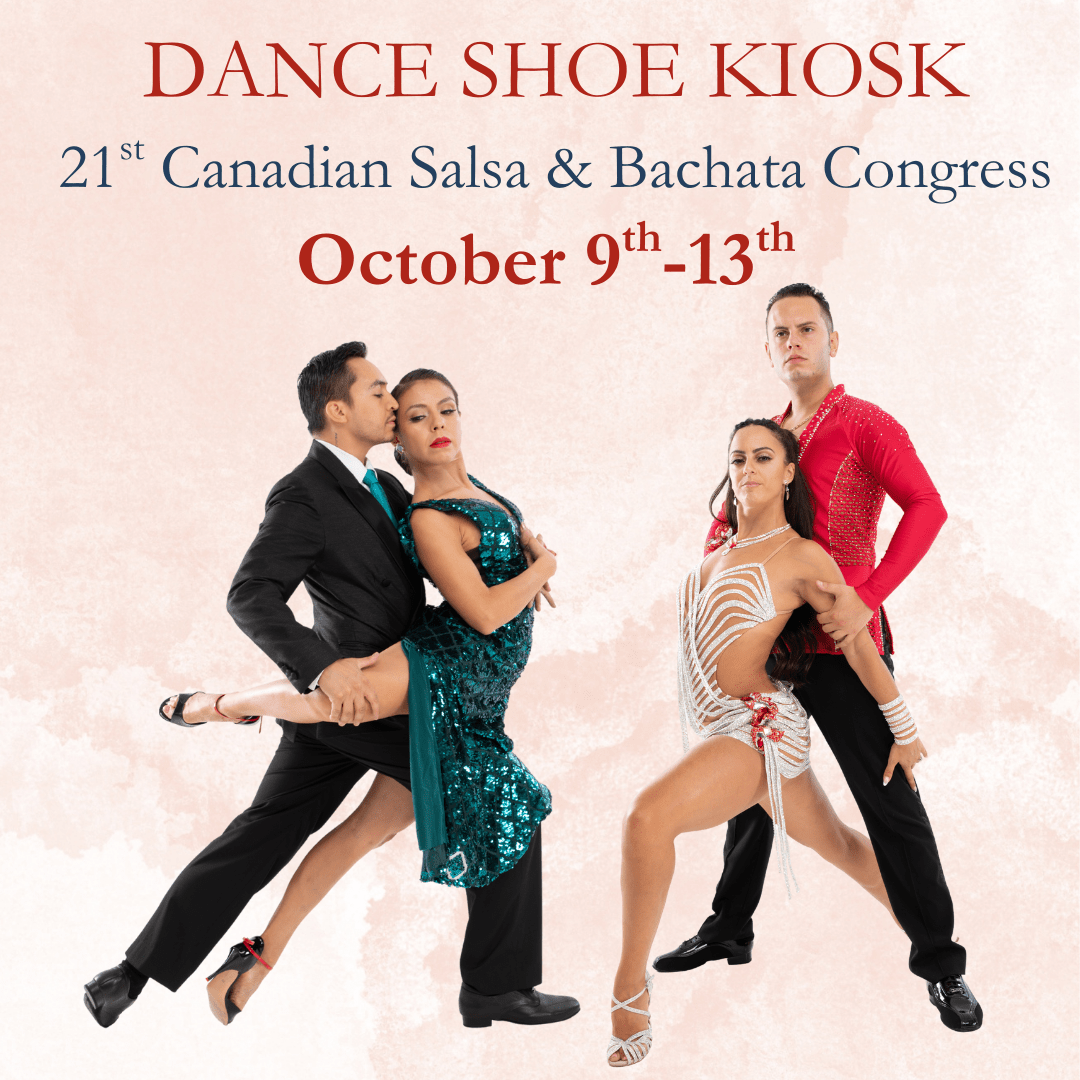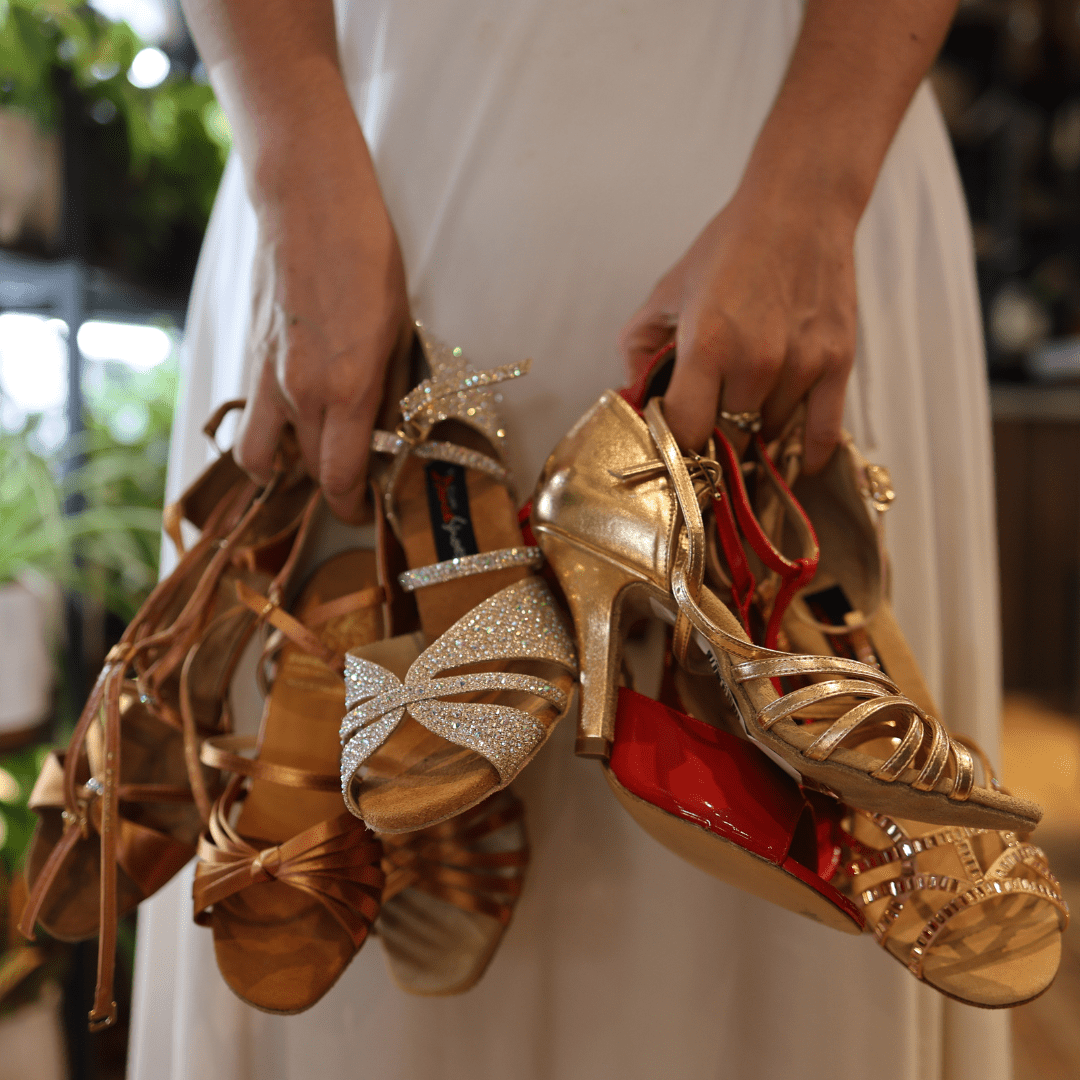The world of dancesport and ballroom dance is constantly in flux, like the world around it. In the 1920s various associations held dance competitions, but they were significantly more relaxed in nature than they are today, lacking the emphasis on styling and posture. “All movement is easy, unaffected, which can be so easily ruined by exaggeration. The best dancers are the quietest; they do not flourish their prowess" (Moore). By the 1930s, however, the focus of competitions was shifting to a “stricter” style, closer to what we see today.
Throughout the decades, there has been evolution in costuming, styling, technique, and choice/style of music, even in judging. Now in the year 2020, there is another shift occurring: same-sex or same-gender partnerships in dancesport.
The movement did not begin overnight and has been steadily growing for many years. The cry for equality in dancesport birthed a circuit of same-sex competitions,such as the Gay Games and April Follies. Here, athletes in all sports (including Dancesport) could finally compete with their chosen partner where they would not otherwise have had an opportunity to do so.
The April Follies remains the largest and longest-running queer partner dance competition in North America for Amateur couples as well as Pro-Am. To quote from their FAQs:
“This competition is open to every dance partnership that is NOT a cisgender man leading and a cisgender woman following. Everyone is welcome to compete regardless of sexual orientation or gender identity, and we welcome people who identify as queer and/or transgender. There is a place on the registration form to indicate each dancer’s gender identity. Because most mainstream ballroom competitions exclusively allow couples comprised of a cisgender man leading and a cisgender woman following, April Follies is a space for everyone else!”
It is held every year in Oakland, California. Here’s a clip from 2014.
Dancesport is also a part of the annual Gay Games. The first ever Gay Games was held in San Francisco, California in 1982, and was the brainchild of Dr. Tom Waddell, an Olympic decathlete. Quoting from their Mission and Vision page:
“The mission of the Federation of Gay Games is to promote equality through the organization of the premiere international LGBT and gay-friendly sports and cultural event known as the Gay Games.
The Gay Games is built upon the core principles of Participation, Inclusion, and Personal Best™. Based on these values, since 1982, the Gay Games have brought together people from all over the world, with diversity, respect, equality, solidarity, and sharing. The Gay Games is open to all, young or old, athlete or artist, experienced or novice, gay or straight.
It is a fundamental principle of the Federation of Gay Games that all activities conducted under its auspices shall be inclusive in nature and that no individual shall be excluded from participating on the basis of sexual orientation, gender, race, religion, nationality, ethnic origin, political belief(s), athletic/artistic ability, physical challenge, age, or health status.”
In 1994 the fourth edition of the Games offered 31 sports and had more participants than the Olympics. The Games scheduled for 2022 in Hong Kong will offer 36 sports in which athletes can compete, including Dance Sport. In 2018 the Dancesport competition was combined with the International Federation of Same-sex Dance Associations (IFSSDA) World Championship Dance Sport competition. Here is a video from 2018:
Other queer dance competitions include the Boston Open DanceSport which sashayed into being in 2013 and is sanctioned by the North American Same-Sex Partner Dance Association. 2015 saw the arrival of the Glitz and Glitter Ball in Ohio, where dancers could “dance with who you want, in the role you want, in the style you want” (Hennessy).
These events continue to flourish and provide a creative outlet for dancers who identify as queer -- but what about the mainstream? Is anything changing there?
Yes and no.
Some dance associations are on board with same-sex partnerships, others are not. In the US, the National Dance Council of America (NDCA) Rulebook January 2020 defines a couple as follows:
II.A.6.a
DEFINITION OF A COUPLE
A couple is defined in the traditional Ballroom Genre and in all dance genres included in championships, competitions, and events sanctioned by the National Dance Could of America Inc. as a leader and follower without regard to the sex of gender of the dancer. This rule applies to all classifications of dancers, professional, amateur, pro/am student competitors, student/student, and mixed amateur.
The USA Dance Rulebook 2019A states the following:
2.2.30 Couple is comprised of two DanceSport Athletes, one male (lead) and one female (follow).
2.2.31 Same Sex Couple of comprised of two DanceSport Athletes, either a male/male or female/female partnership.
USA Dance also issued a Gender Neutral Announcement in September of 2019 where they stated that all of their sanctioned competitions would be gender-neutral. “This means that regardless of a dancer’s gender, they are welcome to compete in the role that best suits them and all couples of any configuration will compete on the floor together” (McGurk).
The National Dance Council of Canada follows the NCDA and the British Dance Council has been mixing same-sex and opposite-sex couples since 2014 (Shalvarov).
Those who have not changed their regulations at the time of this article are the WDSF and the WDC.
These are the federations. What about the community? Egor Shalvarov of Dance Comp Review interviewed dancers at the South Open Championship. Here is the video:
In 2012 Gail Freedman began filming a documentary called Hot to Trot that followed several same-sex competitive ballroom dance couples. I’d like to close with her words, taken from an interview with Christina Hennessy:
“With dance, there is an acting dimension to it and it is interpretive. A couple of our dancers talk about this. As a gay person, if you are dancing in the mainstream world, you are acting something out. Whether or not you are a romantic partner, when you get to dance with a gender you actually prefer, there is a level of authenticity and the whole political dimension...that was something they said to me. They feel they are doing something that is a real affirmation of their identity...and putting something out into the world.”
Trailer for Hot to Trot:
Hot to Trot - Trailer from First Run Features on Vimeo.
REFERENCES
Hennessy, Christina. "Taking the Lead: Same-sex competitive dancers seek greater visibility, opportunities." CT Post, September 3, 2018. https://www.ctpost.com/living/article/Taking-the-lead-Same-sex-competitive-dancers-13188332.php
Moore, Alex. "The Practical Side of Teaching." The Dancing Times, October 1935 issue. London: The Dancing Times. 36.
Powers, Richard. "The Evolution of English Ballroom Dance Style." https://socialdance.stanford.edu/syllabi/English_ballroom_style.htm
April Follies: https://www.aprilfollies.com/
Federation of Gay Games: https://gaygames.org/





1 comment
Being a transgender 10 Dance plus Old Time professional I have only admiration and support for my Gay and Lesbian Ballroom Dancing Friends. Good Dancing being the common thread between all involved.
Lots of Love! Jessica Scarlett May